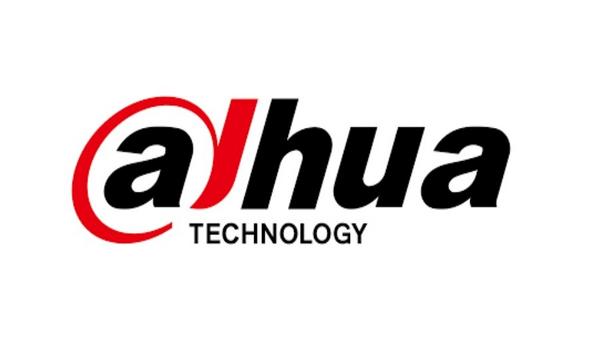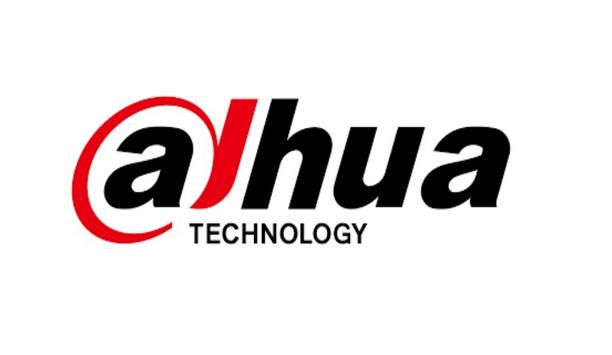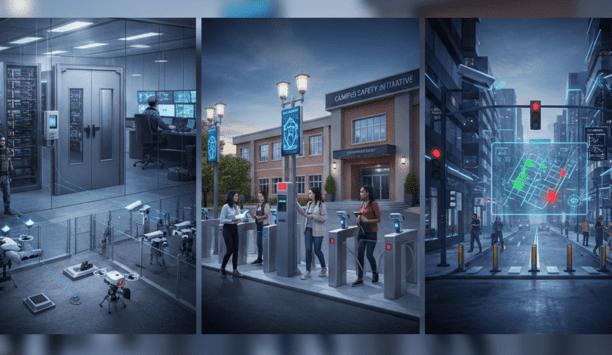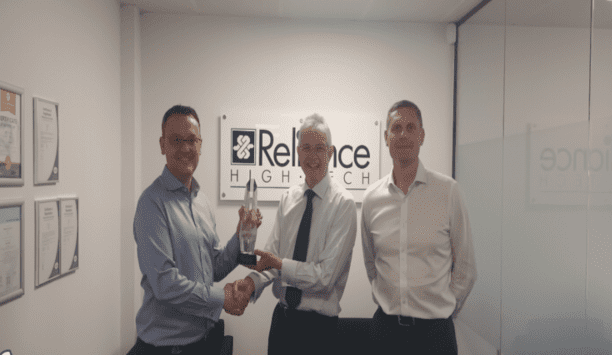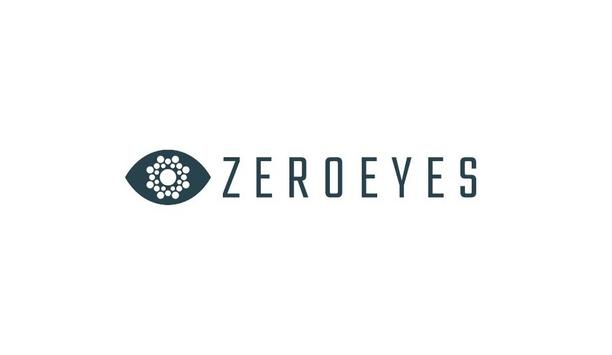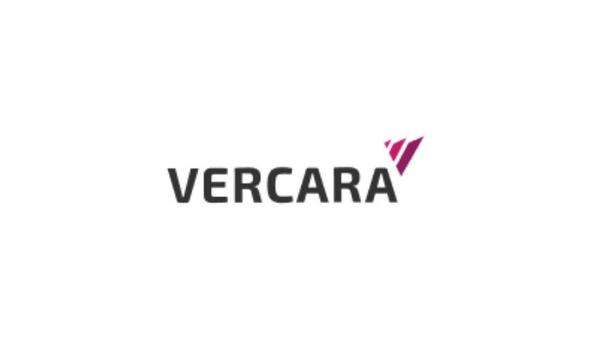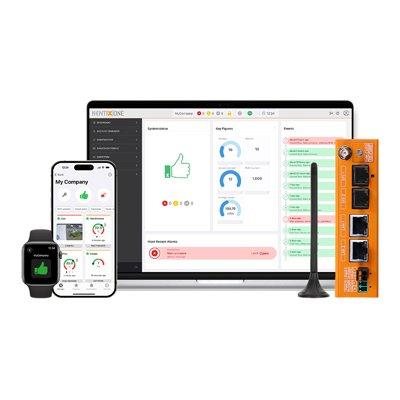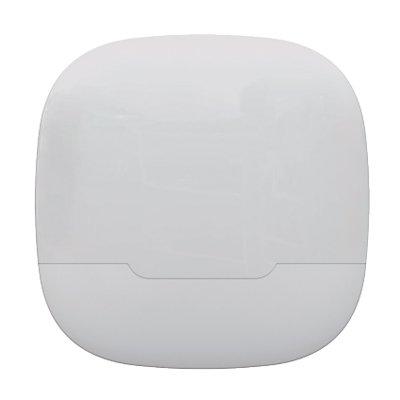After graduating from the ISEN Méditerranée engineering school where she specialised in ‘embedded systems,’ Maeve Petit turned to data science. Data science focuses on exploring, processing, and analysing raw data to extract valuable and even strategic information.
“At first, my studies directed me towards the fields of embedded electronic and microelectronic applications. But I was also interested in data science, even though I had no technical training in this area.”
Refresher training programs
“Adapting to this new world has been made easier by the learning methodology of engineering studies, encouraging us to adapt quickly to relatively diverse technical environments," she points out. So, Maeve joined a team of ten young and dynamic employees in March 2020, called Naval Data Sciences.
Before starting the job, she spent several months in refresher training programs, and has continued to learn on the job. Now, she manages and contributes (that is how the CEMIS is organised) to various research projects on artificial intelligence (AI) applications for naval defence, such as Cybersecurity and underwater acoustics recognition.
Making operational decisions
Eva, who was only recently hired, knows the CEMIS well, having completed a CIFRE* thesis there
Eva Artusi also works in the Human and Systems Architecture department, but she is part of the naval systems architecture team. Her daily material is not data but artificial intelligence (AI), an algorithmic technology she uses to help mariners make operational decisions on board. "The aim is to support them in the event of cognitive overload or in a difficult tactical context, by offering them adapted decisions on certain tasks.”
Eva, who was only recently hired, knows the CEMIS well, having completed a CIFRE* thesis there under the guidance of Aldo Napoli, Research Director at Mines ParisTech, and Fabien Chaillan, her industrial tutor. She will now be taking over Estelle Chauveau and Maxime Debert’s work on escape route optimisation of underwater vehicles (2019 La Pérouse Prize). She will also be in charge of supervising theses on reinforcement learning for autonomous decision-making in drones.
Product development requirements
CEMIS exists to provide support for the transfer of scientific progress from the world of research to Naval Group’s products and services in the areas of acoustics, electromagnetics, and human and systems architecture.
It contributes in many different ways, by providing expertise in these fields, algorithms, tools, models, and, more generally, by producing new scientific knowledge through technology watch operations and collaborations of scientific interest for Naval Group, and adapting this knowledge to product development requirements.
Learn why leading casinos are upgrading to smarter, faster, and more compliant systems





